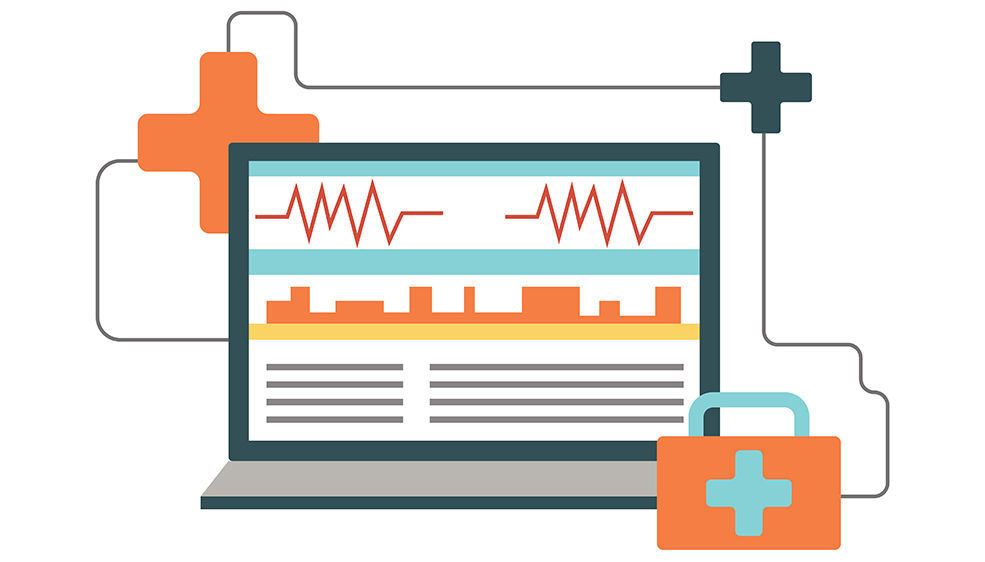What to Look for in Healthcare EDI Software

EDI has proven to be so valuable for healthcare organizations in that it’s provided a secure, standardized way to digitally exchange massive volumes of often-sensitive information. For an industry that’s used all flavor of data format, data value, and data communications method for decades, healthcare EDI software has significantly improved how patient care is delivered and received.
The ability to securely transmit healthcare data to and from your medical care network electronically in an instant is invaluable, especially when it comes to insurance data, claims status and information, eligibility forms, payment data, and coordination of benefits. It’s 2021, and patients need answers as quickly as they can get them, just as doctors, nurses, and other medical professionals need instant access to information to best serve their patients. And that's where advanced EDI integration comes in.
How Does EDI Work in Healthcare?
So, what is EDI? And what is EDI's place in the healthcare industry? Sending data in the medical industry can certainly be complicated. Whether it’s the transmission of secure medical records or health insurance reimbursement, confidentiality is of the utmost importance. So, it is critical to understand the different standards that a healthcare organization must adhere to in order to protect that sensitive data.
In 1996, the U.S. Congress enacted the Health Insurance Portability and Accountability Act (HIPAA) to set national standards for electronic healthcare transactions and national identifiers for providers, health insurance plans, and employers. HIPAA is designed to improve the efficiency of the healthcare system through the widespread use of EDI via HIPAA EDI transaction sets based on X12.
In 2009, the Health Information Technology for Economic and Clinical Health Act (HITECH) went a step further in response to the increased use, storage, and transmission of healthcare information within the industry. Implementing HIPAA helped to address potential security concerns while also improving data accuracy and access for patient medical records.
Take this Assesment to Assess Your Current EDI Solution
Healthcare EDI Transactions
An EDI transaction is a term for a standardized business document. Because EDI is standardized under the HIPAA umbrella, there are many common transaction sets, which are all based on X12. Here are some of the most common EDI order processing healthcare transaction sets.
EDI Healthcare Transaction Set (837)
This is used to submit healthcare claim billing information and is sent and received by healthcare providers and payers. It is sent either directly or through intermediary billers and claims clearinghouses.
EDI Retail Pharmacy Claim Transaction
This transaction submits retail pharmacy claims to payers from a healthcare organization that dispenses medication also either directly or through an intermediary.
EDI Benefit Enrollment and Maintenance Set (834)
Employers, unions, and government agencies use this transaction set to enroll members to a payer. The payer in this example is a healthcare organization that pays claims, provides insurance, benefits, or products.
EDI Healthcare Service Review Information (278)
This transaction set is used to transmit information, including subscriber, patient, demographic, or diagnosis data to review, certify, notify, or report the outcome of a healthcare services review.
Benefits of EDI in Healthcare
There are many reasons why EDI has been an effective communication method within the healthcare industry. No matter what side of the table you are sitting on, as a patient or a healthcare provider, EDI provides benefits to all parties.
Lower Costs
Processing insurance forms, enrollment information, and claims documents has never been easier and allows healthcare organizations to cut costs by reducing the need to manually process documents and key in data. Since everything is digitized and transmitted in a standardized format, the amount of overhead for document handling is drastically reduced. Additionally, EDI data exchange is generally faster and improves productivity within the organization.
Security
EDI documents and medical information exchanged secure protocols like AS2 and SFTP help ensure data security, a core tenet of HIPAA. Healthcare EDI systems help govern access and provide a clear electronic record of the document lifecycle among provider, insurer, and payer to protect against unauthorized access.
Industry Standards
The security and privacy standards that the healthcare industry must follow are stringent, but modern EDI integration technology enables organizations to achieve compliance more easily. With EDI tools that standardizes formatting and rationalizes complex information, the electronic transfer of documents is much more efficient and secure, and data quality is improved. Industry standards like HIPAA and HITECH help medical administrative employees, insurance companies, and providers deliver better care at a lower cost.
Modernize Your EDI with Cleo Integration Cloud
The healthcare industry is increasingly modernizing its systems and processes to improve efficiency and raise the quality of care, and today’s healthcare organization greatly benefit from modern EDI capabilities. Technology that supports how EDI is done today will automate processes, simplify workflows, and drive true business value.
Cleo Integration Cloud’s EDI software provides the rapid onboarding, robust data movement and data transformation, and end-to-end business process orchestration that healthcare organizations – and really, any other business that relies on B2B data processing – demand for modern digital communication. Cleo’s EDI processing software ensures an accurate system of record that can reliably process the deluge of data spanning patient medical records, insurance claims, payment information, and other data.
Discover the advantages of a connected healthcare ecosystem of providers, patients, government organizations, and financial partners and modernize your EDI processes today.

About Cleo
